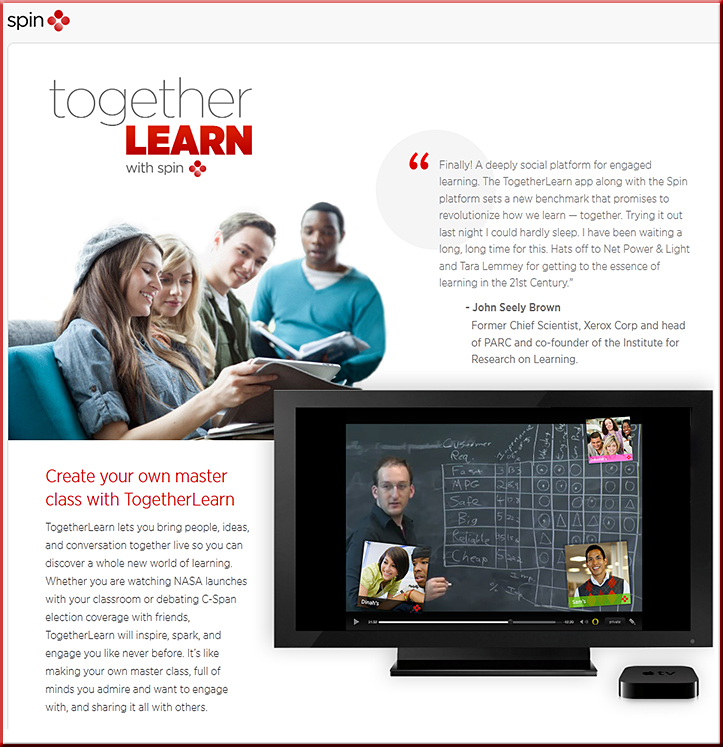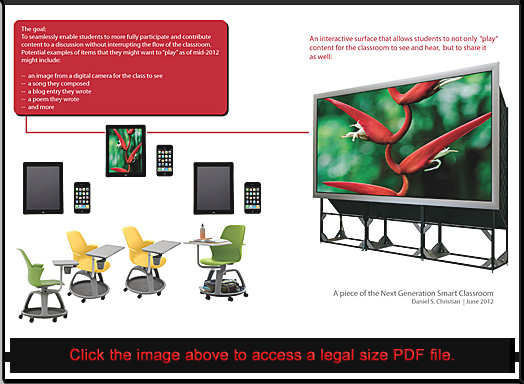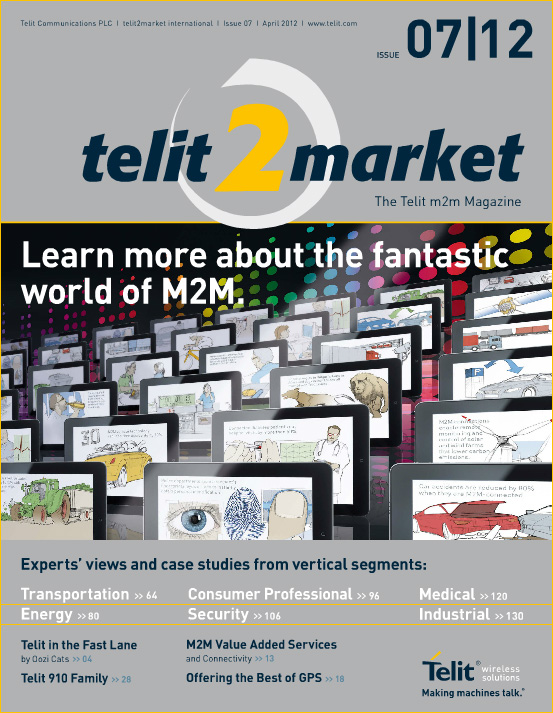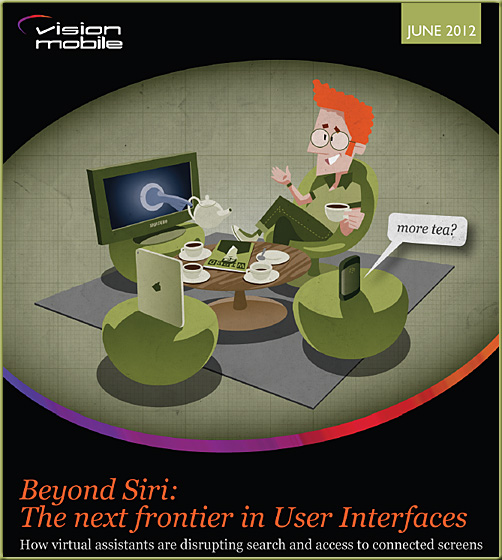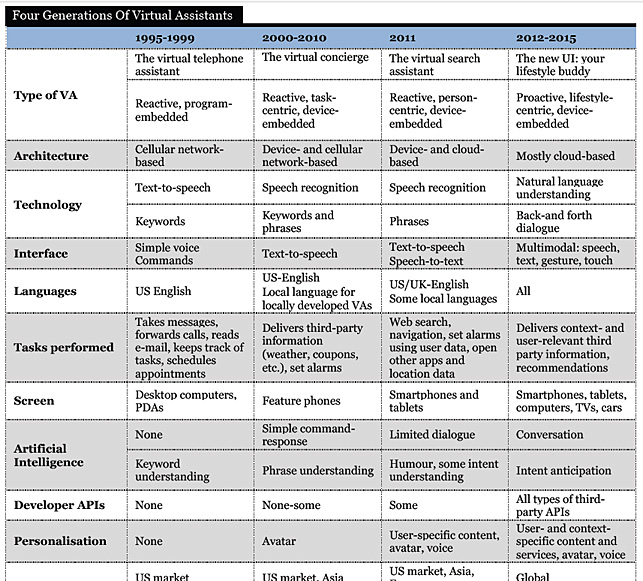The Secret Life of Data in the Year 2020 –– from The World Future Society by Brian David Johnson, a futurist at Intel Corporation, where he is developing an actionable vision for computing in 2020.
Excerpt:
Why will most people think that their data has a life of its own? Well, because it’s true. We will have algorithms talking to algorithms, machines talking to machines, machines talking to algorithms, sensors and cameras gathering data, and computational power crunching through that data, then handing it off to more algorithms and machines. It will be a rich and secret life separate from us and for me incredibly fascinating.
But as we begin to build the Secret Life of Data, we must always remember that data is meaningless all by itself. The 1s and 0s are useless and meaningless on their own. Data is only useful and indeed powerful when it comes into contact with people.
This brings up some interesting questions and fascinating problems to be solved from an engineering standpoint. When we are architecting these algorithms, when we are designing these systems, how do we make sure they have an understanding of what it means to be human? The people writing these algorithms must have an understanding of what people will do with that data. How will it fit into their lives? How will it affect their daily routine? How will it make their lives better?
Also see:
Preview of Future Inventions—Futurists: BetaLaunch 2012 — from The World Future Society by Kenneth J. Moore
The World Future Society’s second annual innovation competition will allow WorldFuture 2012 attendees to preview a few of the life-changing and society-altering artifacts of the future.










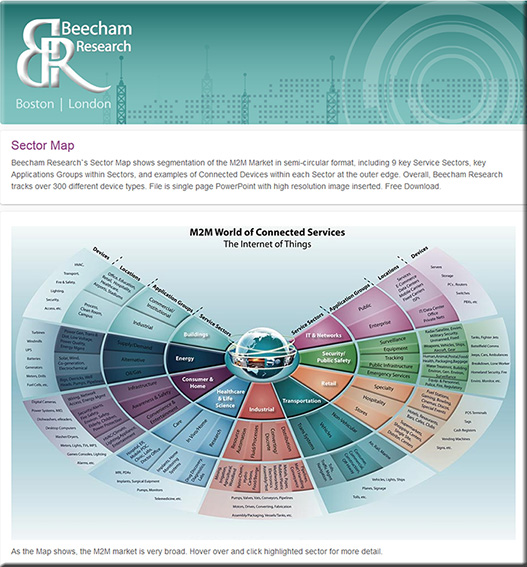
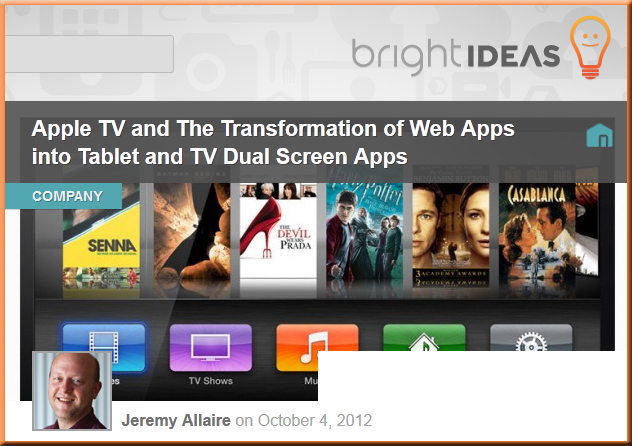
![The-Living-Class-Room-Daniel-S-Christian---July-2012 The Living [Class] Room -- by Daniel Christian -- July 2012 -- a second device used in conjunction with a Smart/Connected TV](http://danielschristian.com/learning-ecosystems/wp-content/uploads/2012/07/The-Living-Class-Room-Daniel-S-Christian-July-2012.jpg)

